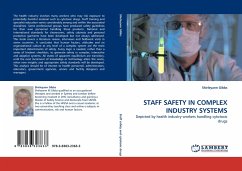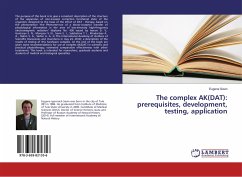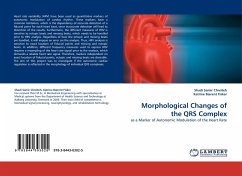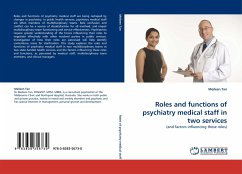The health industry involves many workers who may risk exposure to potentially harmful material such as cytotoxic drugs. Staff training and specialist education varies considerably among and within the associated disciplines. Some professional groups have produced safety guidelines for their own personnel handling these products. National and international standards for cleanrooms, safety cabinets and personal protective garments have been developed but not always addressed. This book covers a literature review, interviews and fieldwork visits in seven countries. It concludes that human factors, attitudes and an organizational culture at any level of a complex system are the most important determinants of safety. Fuzzy logic is needed, rather than a series of bivalent checklists, to generate safety in complex, interactive and adaptive systems. All states of apparent equilibrium are transitory, until the next increment of knowledge or technology alters the scene, when new insightsand appropriate safety standards will be developed. This analysis should be of interest to health personnel, administrators, educators, government agencies, unions and facility designers and managers.








